Revisiting Hamden
Recounting the evolution from small town to rising city
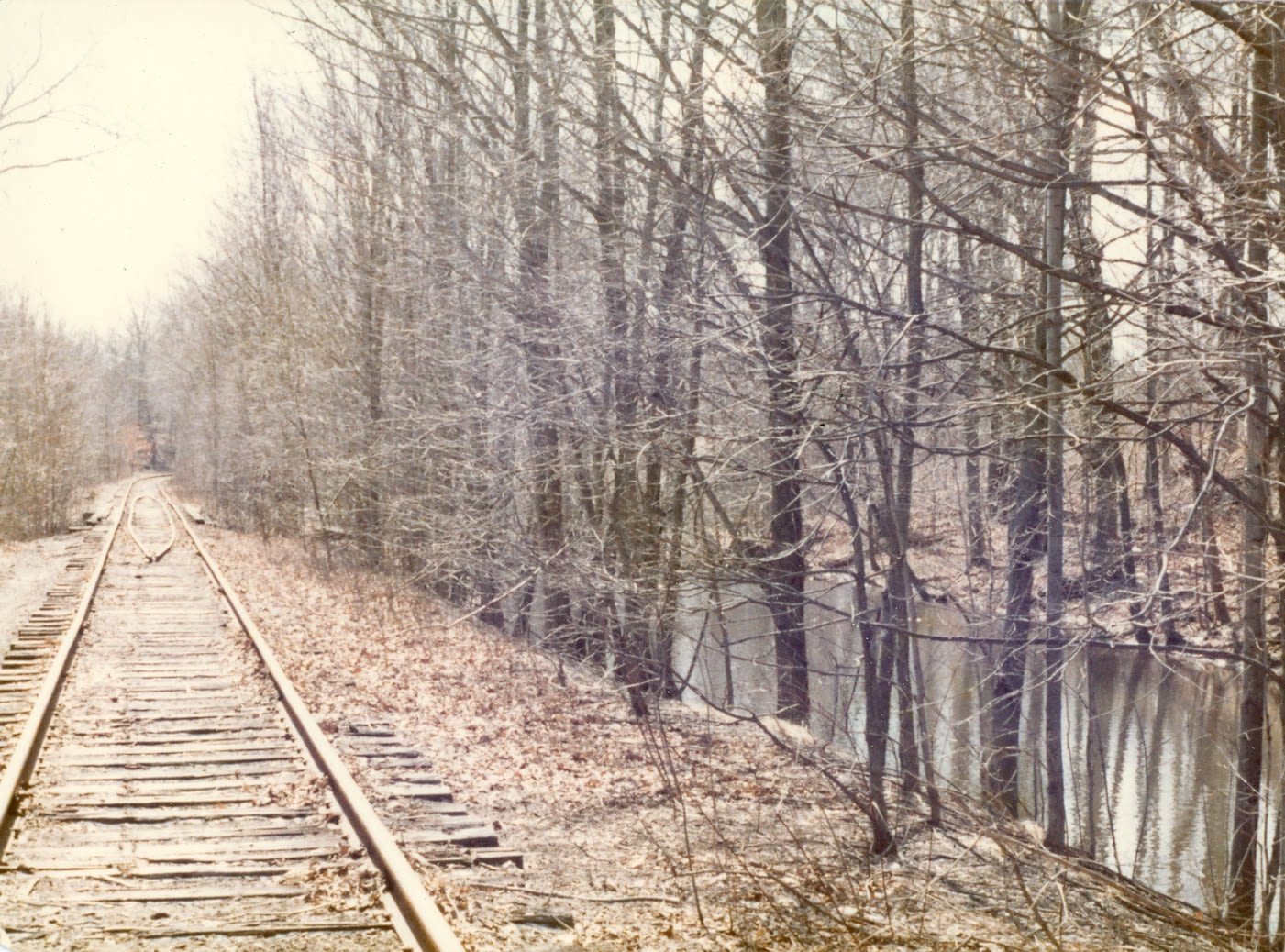
Dirt roads that went for miles, no dwellings in sight- just a lush grassland lined with hills of blossoming trees-- that was Hamden in the 1600s up until the early 1900s. Once a rural region, Hamden has evolved into a thriving and developing city nearly 120 years later, changing from masses of open farmland to a bustling landscape with buildings on every corner. The engine driving this progression is people.
“We lived on the first floor and there were tenants on the second floor," said Feinn. "My uncles lived above the store in this building [the James Ives building]. Growing up, my mother used to feed the two uncles plus my brother, myself and my father. We operated on the schedule of the store and people would come to have their meals in shifts. It’s a very old world, you probably don’t see much of that anymore,” says Bob Feinn, 77, a Hamden native and current owner of the Mt. Carmel Wines and Spirits store.
In 1690, what is believed to be Hamden’s first settlement appeared. It was a small, red country cottage with with wooden panels, few windows and a barn in the yard. Surrounded by grass, a pond and dirt road, this became known as the David Atwater house, Hamden’s first residence.
Atwater and his brother Joshua were two of the very first settlers in Hamden and helped break ground for colonists to come.
As the county of New Haven continued to expand its territory, more and more people came to settle in Hamden because of its proximity to New Haven. The community flourished. By the 1800s, the little town was exploding. With the population spiking, more and more people built homes and livelihoods.
More than 19,103 people called Hamden home by 1932. They were families who became farmers or started small businesses. One of these families, the Feinns, owned the James Ives building at 2977 Whitney Ave., back when it was the town general store. It has been in the family ever since.
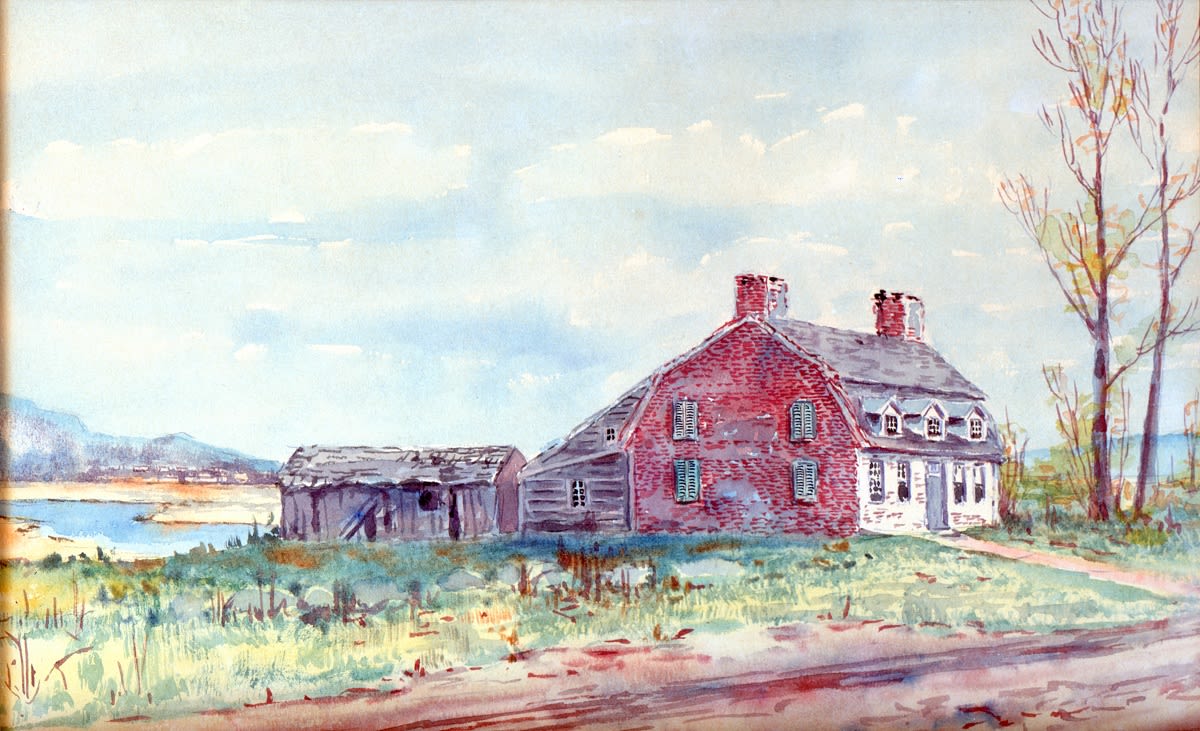
David Atwater House in 1960, Courtesy of Dave Johnson, Hamden Historian
David Atwater House in 1960, Courtesy of Dave Johnson, Hamden Historian
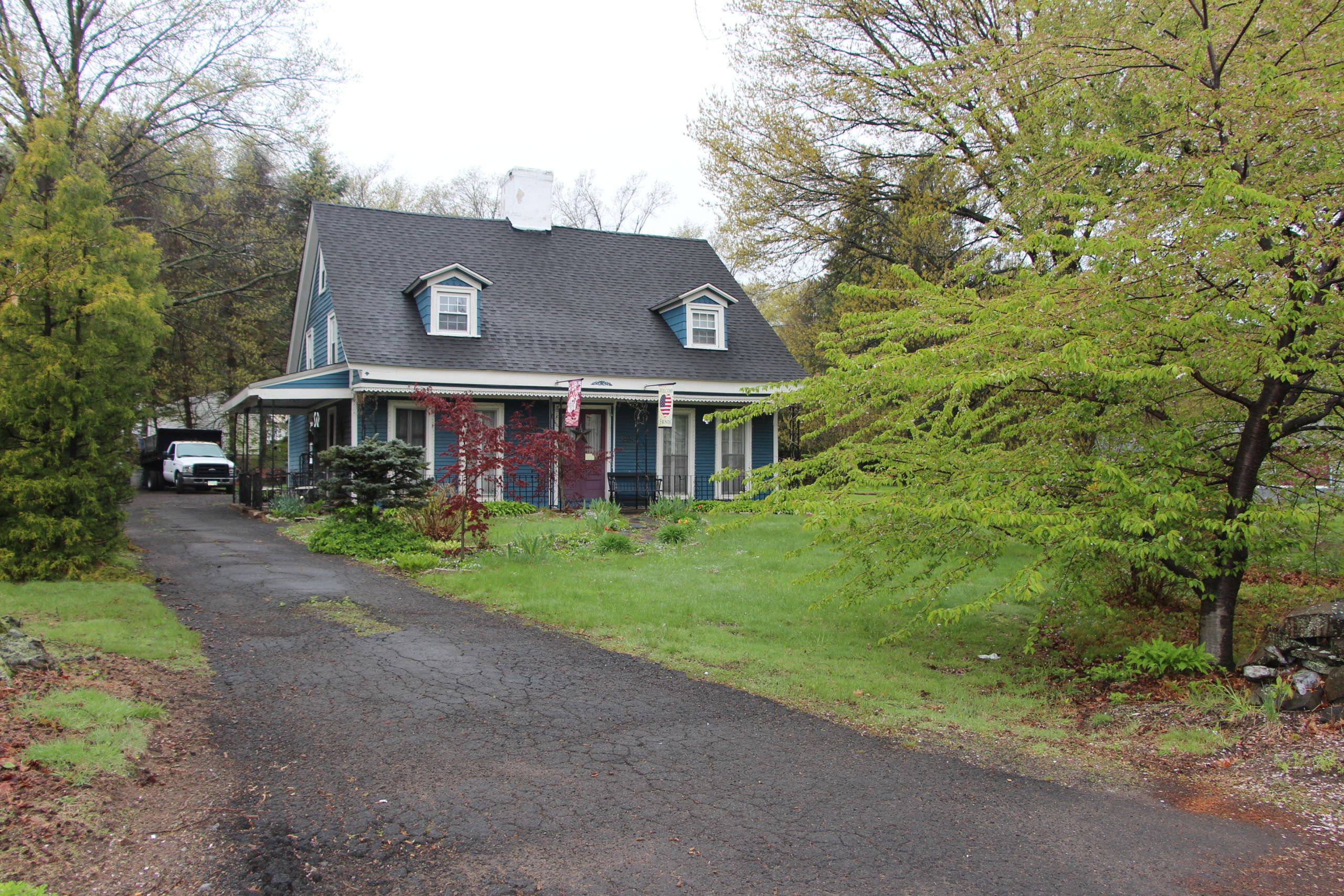
David Atwater House 2019
David Atwater House 2019
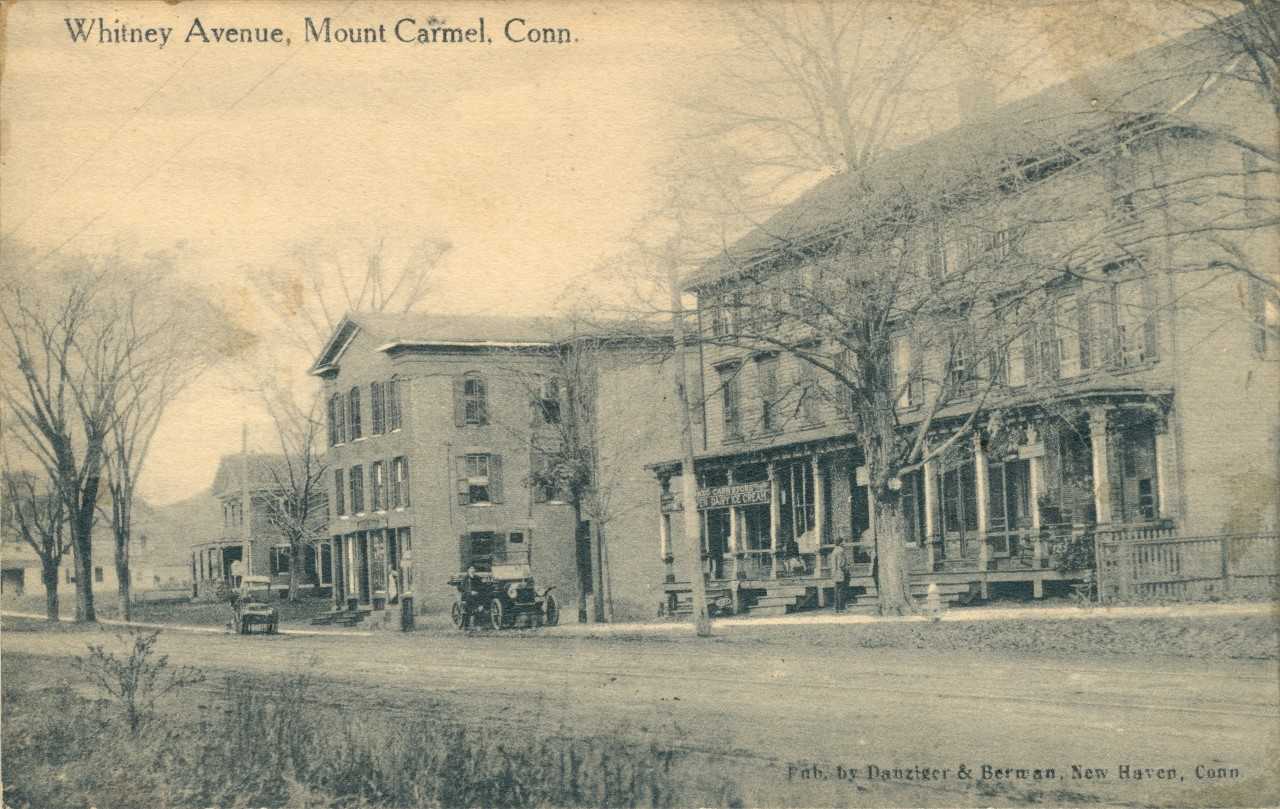
James Ives Building in 1877, Courtesy of Dave Johnson, Hamden historian
James Ives Building in 1877, Courtesy of Dave Johnson, Hamden historian

Feinn Family, Courtesy of Bob Feinn
Feinn Family, Courtesy of Bob Feinn
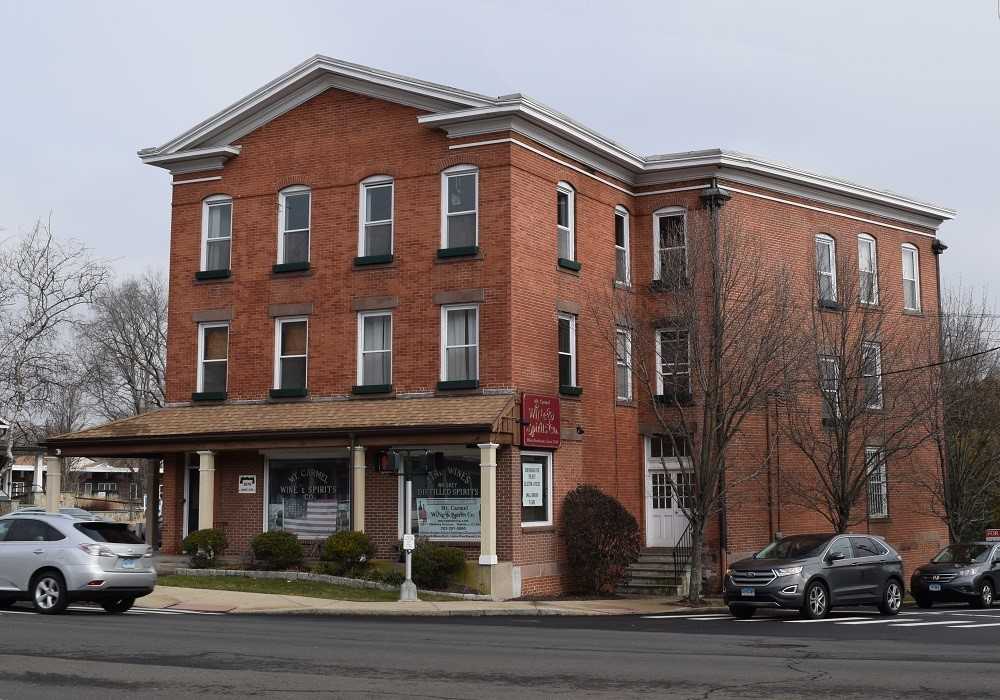
James Ives building 2019
James Ives building 2019
Feinn, a scion of the family who watched the general store’s transformation into the present-day Mt. Carmel Wines and Spirits, knows the evolution first-hand.
“Like anything else, a lot of change. Mount Carmel,
I grew up right across the street and it was quite
rural at that time. Whitney Avenue was more of
a two-lane road. But population has grown
and a lot of positive things have happened in
the area and some not so positive, like
anywhere else. But I don’t know that there’s
a greater or lesser amount of change than
any other town,” Feinn said.

Hamden historian Dave Johnson, 72, has studied the town’s progression over time and says that nine major structures symbolize Hamden’s historic transformation from a rural farm town to a developing city:
- The Mount Carmel Congregational Church House:
The Mount Carmel Congregational Church House is symbolic of the birth of Hamden. It became the town’s first meeting house and is still there.
- Hamden Memorial Town Hall:
- Schoolhouse #2:
From 1909 to 1920, Schoolhouse #2 was the primary school for the children of Hamden. The building was later bought by Quinnipiac University and converted into the Irish Hunger Museum.
- Hamden High School:
Hamden High was the first secondary school in town and still stands.
- The Farmington Canal:
- Back in 1822, the Farmington Canal was constructed to allow the exchange of goods via the railway between Hamden residents and other marketplaces. The canal is no longer in operation, but is a walking trail for residents.
- Quinnipiac University:
- From tiny beginnings, Quinnipiac became an attractive, globally known institution for education.
- The “Magic Mile:”
- This stretch of land along Dixwell Avenue is Hamden’s first shopping center that is still in business.
- American Mills Co.:
- The American Mills company was Hamden’s biggest employer in the 1930s, but was torn down in 1940.

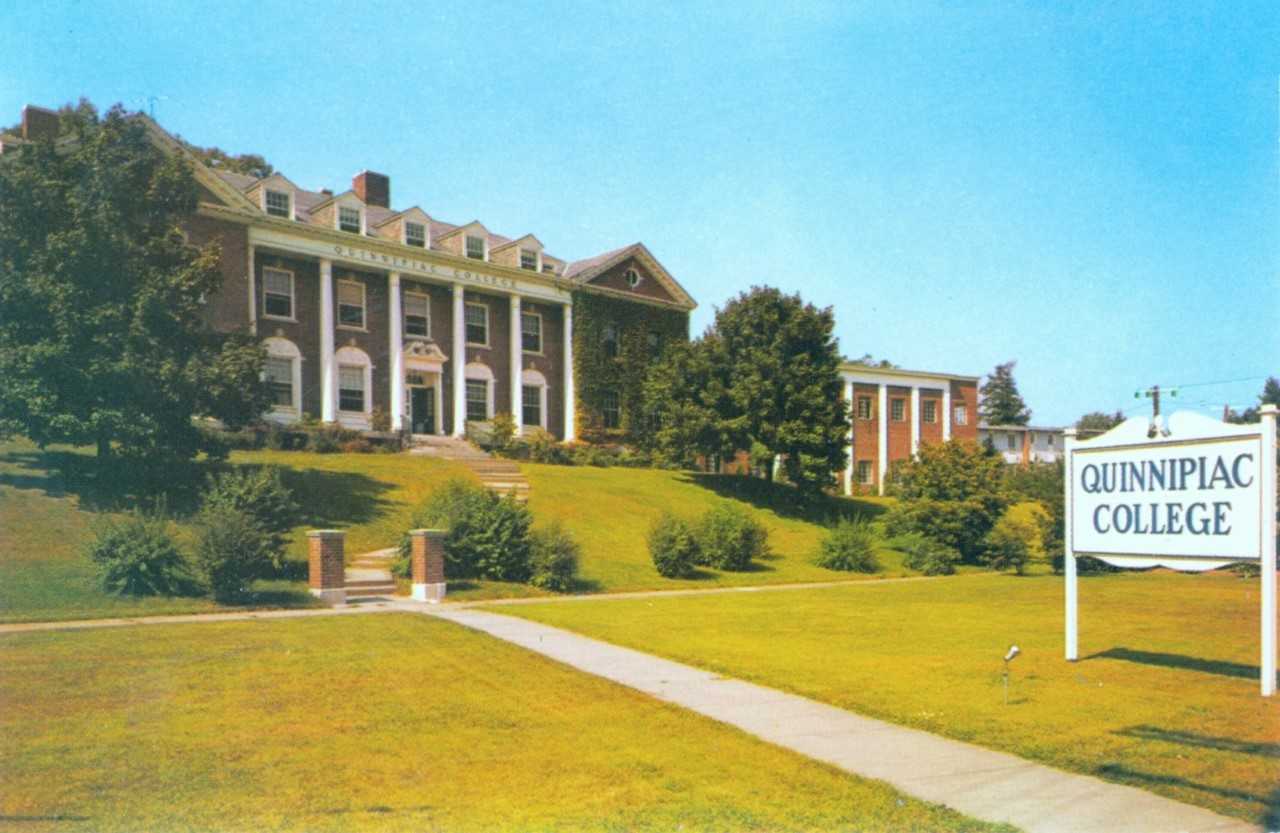
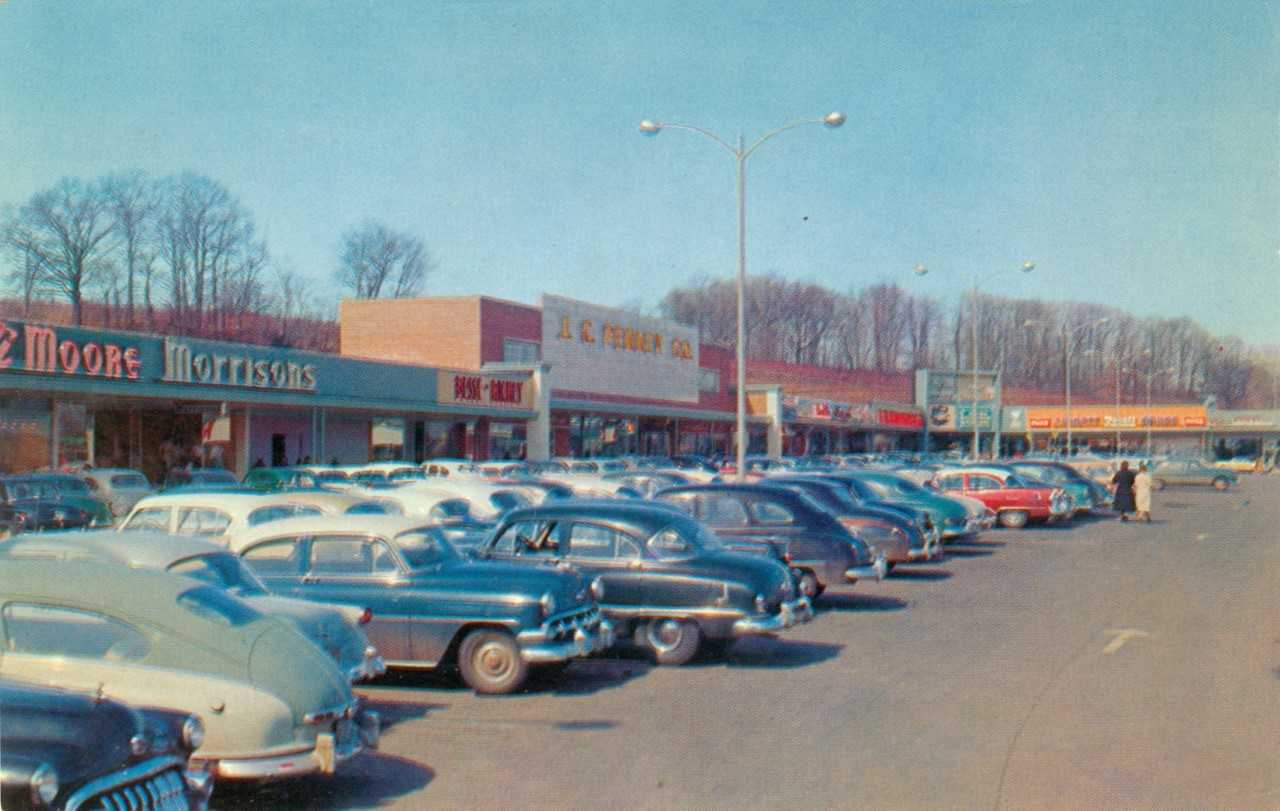
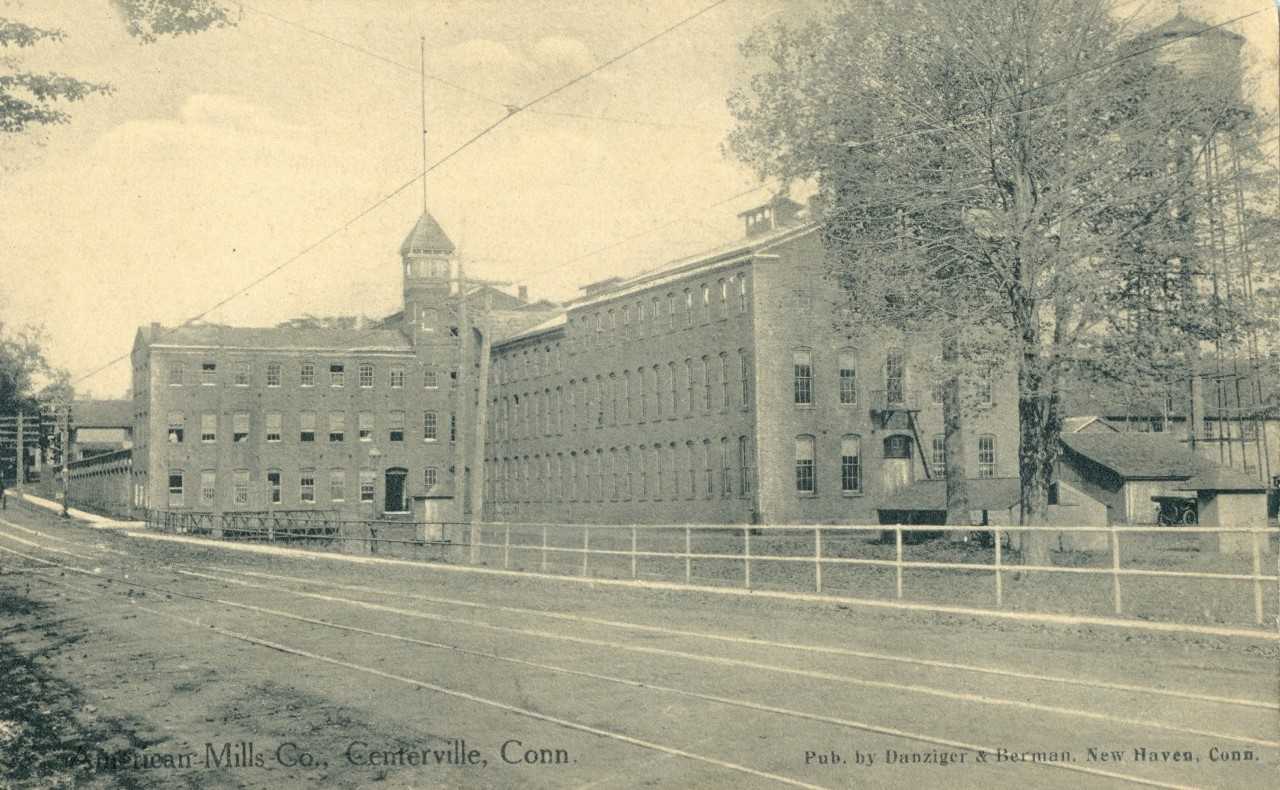
As the town's population grew, it had to build a bigger infrastructure to support itself. So, as the Great Depression came to an end, Hamden launched its very own industrial revolution.
Soldiers flooded back from World War II and began families in Hamden. Townspeople erected firehouses and schools to accommodate the increasing population. According to the Hamden city data, the most bridges ever constructed in Hamden was in the 1940s. The new settlers took up residence and looked for jobs nearby. More often than ever these jobs were in local factories making webbing fabric, guns and wood products.
One factory, the Web shop, was once Hamden’s biggest employer in the 1920s and 30s. Some used to call it the “poor man’s high school,” because many young boys and girls worked there making webbing and other manufactured goods like sewing needles to support their families after finishing elementary school.
Formerly located in the American Mills Company complex on Whitney Avenue, the building was torn down in 1940 to make room for the Wilbur Cross Parkway. Like many other factories, infrastructure needs put it out of business-- in this case the need to construct a major highway linking Hamden to other towns across southern Connecticut and the New York metropolis.
This trend repeated itself throughout the town.
As new structures rose, old ones fell. Buildings that many worked in, like the first Town Hall and Schoolhouse #2, are no longer around. Some were demolished, some fell prey to fires, like the Woodruff factory. Today the old Woodruff factory, located at 2 Broadway, is the Hamden Metal Services company.
For a Hamden native like Johnson, it is important to preserve the town’s legacy and ensure what once was is still remembered. This is especially meaningful because like Feinn, Johnson has watched the expansion unfold since he was in pre-school.
“Here was the high school with that gold steeple on top out in the middle of the country, and even to my young mind that seemed a little incongruous, although I didn’t know what that word meant, but it seemed a little odd to have this big huge building out in the middle of nowhere with apple orchards,” Johnson said.
Johnson remembers the moments when the small town farmland began flirting with commercialization. He rode his bike along the changing curves of Dixwell Avenue when the Hamden Plaza was surrounded by Peter’s Apple Orchard.
By the mid 1950s, Hamden was sprouting more businesses. National chain stores paved over the patches of grassland establishing the franchised commercial presence.
Whitneyville is a good example of this phenomenon of change.
Susan Gooley, 66, recalls her youth in Whitneyville during the 1950s and 60s as a pleasant time when everything was “local and accessible.” For Gooley, many of the changes are positive ones, but she does miss some fixtures of her old neighborhood, like the Whitney Theatre. Once located at 1220 Whitney Avenue, Gooley remembers going there to watch the “Unsinkable Molly Brown” and James Bond movies with her friends. Now a yoga studio beside several other stores reside where the theatre was.
“In a small place like this, it was a real plus. You always had to come see the James Bond movies and that was always fun,” Gooley said.
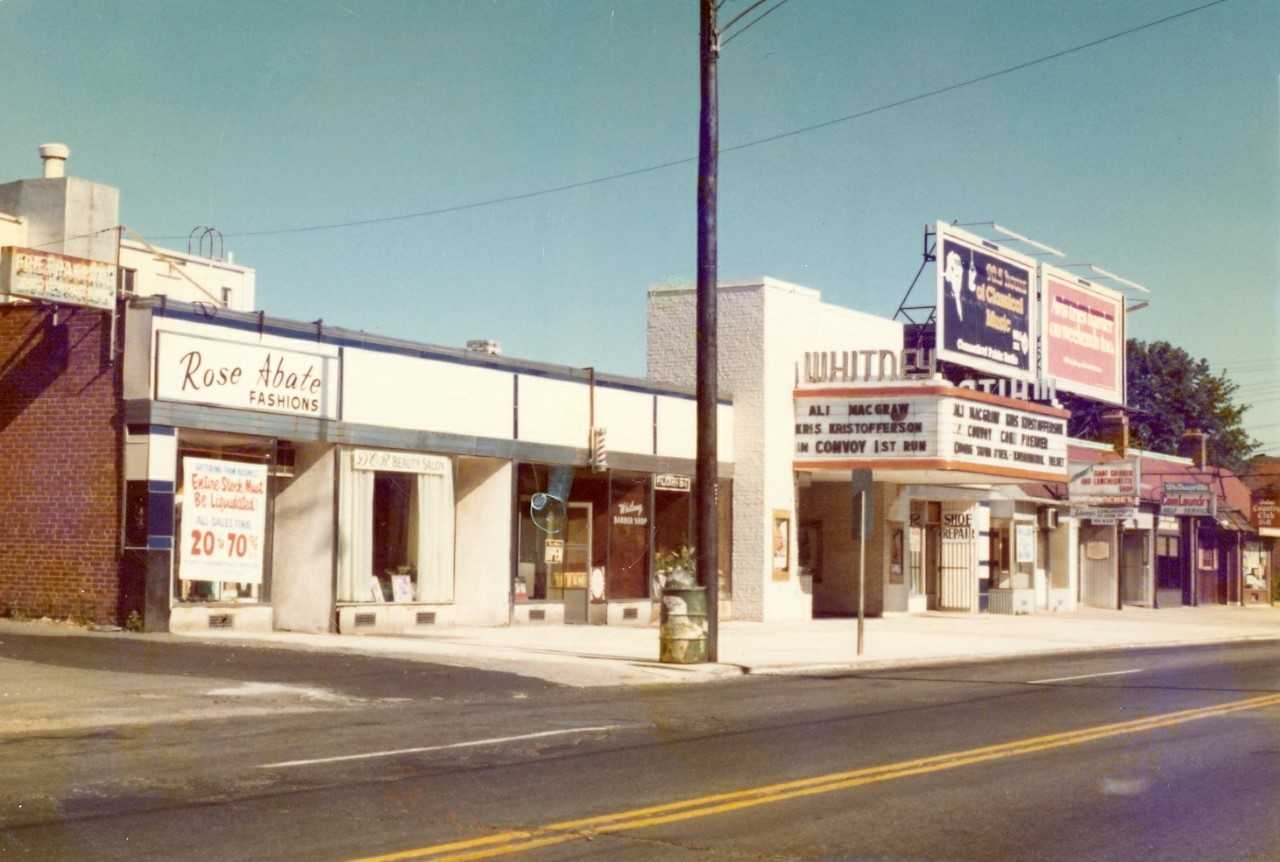
Whitney Theatre 1978, Courtesy of Dave Johnson
Whitney Theatre 1978, Courtesy of Dave Johnson
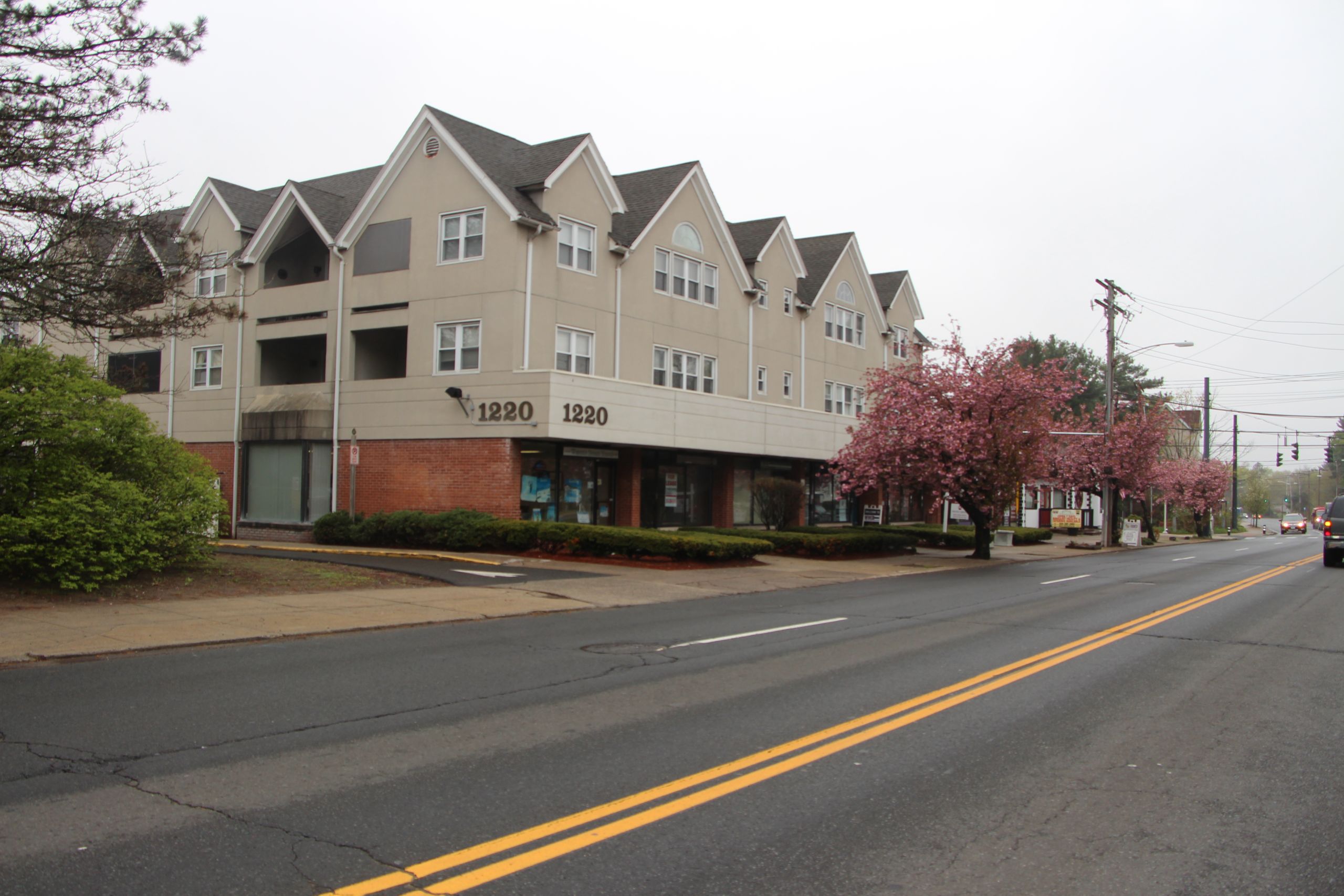
site of Whitney Theatre in 2019, photo by Shayla Colon
site of Whitney Theatre in 2019, photo by Shayla Colon
Much of what Gooley remembers was displaced, like the old Country Club pharmacy, where she used to get sodas as a teenager, and Brockhall Dairy, the one-stop shop for the neighborhood’s dairy needs. These stores eventually had to close their doors too. But, they live in Gooley’s memory Although she moved away for a short time when she was older, Gooley found her way back. Hamden will always be the place where she met her husband, and started a life with him.
“Never thought I would be staying at age 25, 26, but it’s been a wonderful opportunity. And my restaurant catering business is literally in the old Fowler’s Jewelers where I bought my wedding china from,” Gooley said.
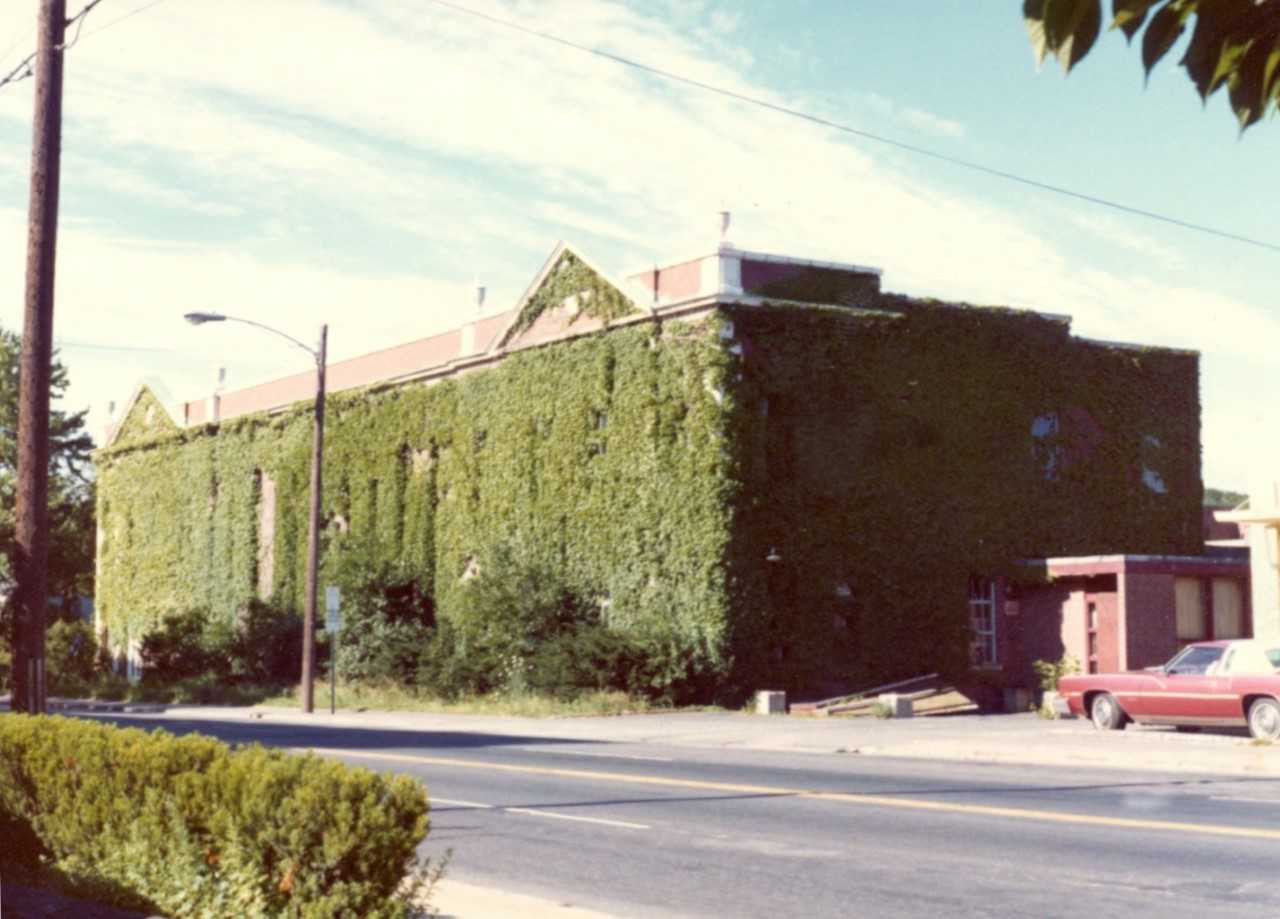
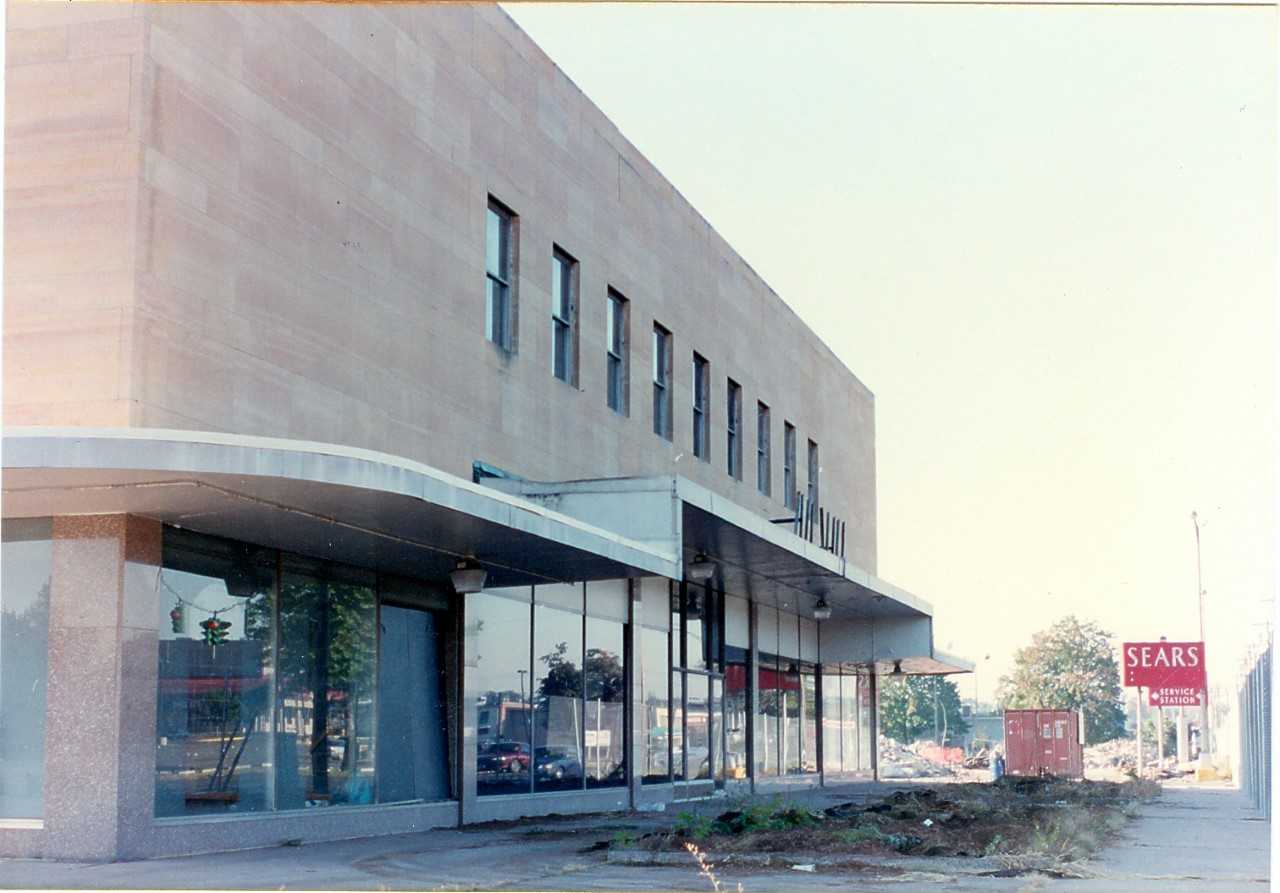
Sears Roebuck and Co. 1994
Sears Roebuck and Co. 1994
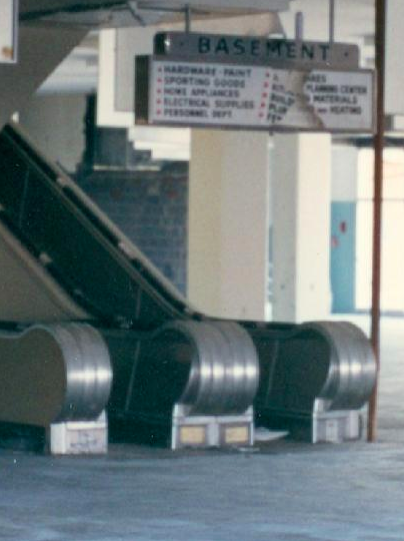
Sears Roebuck and Co. escalator 1994, courtesy of Dave Johnson
Sears Roebuck and Co. escalator 1994, courtesy of Dave Johnson
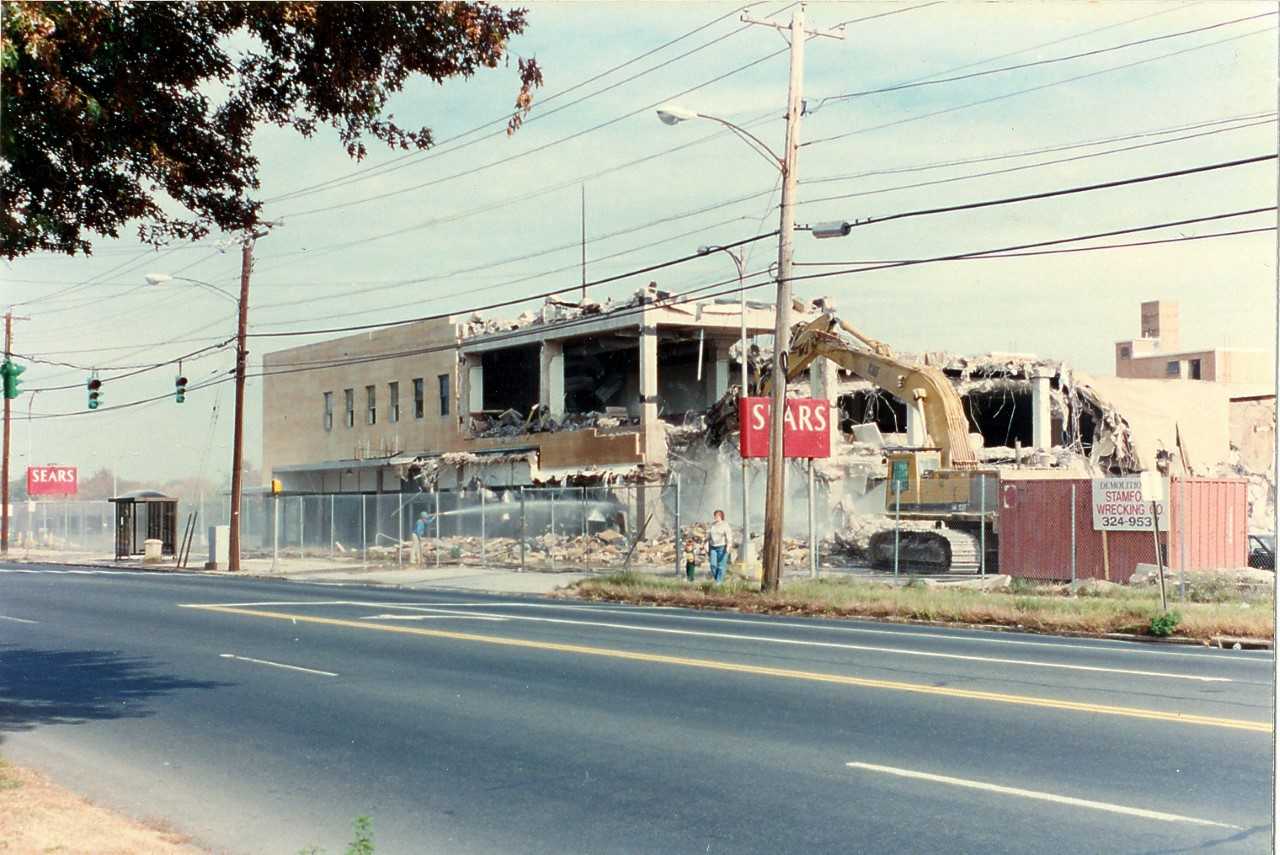
Sears Roebuck and Co., 1994, courtesy of Dave Johnson
Sears Roebuck and Co., 1994, courtesy of Dave Johnson

Hamden Plaza 1955, courtesy of Dave Johnson
Hamden Plaza 1955, courtesy of Dave Johnson
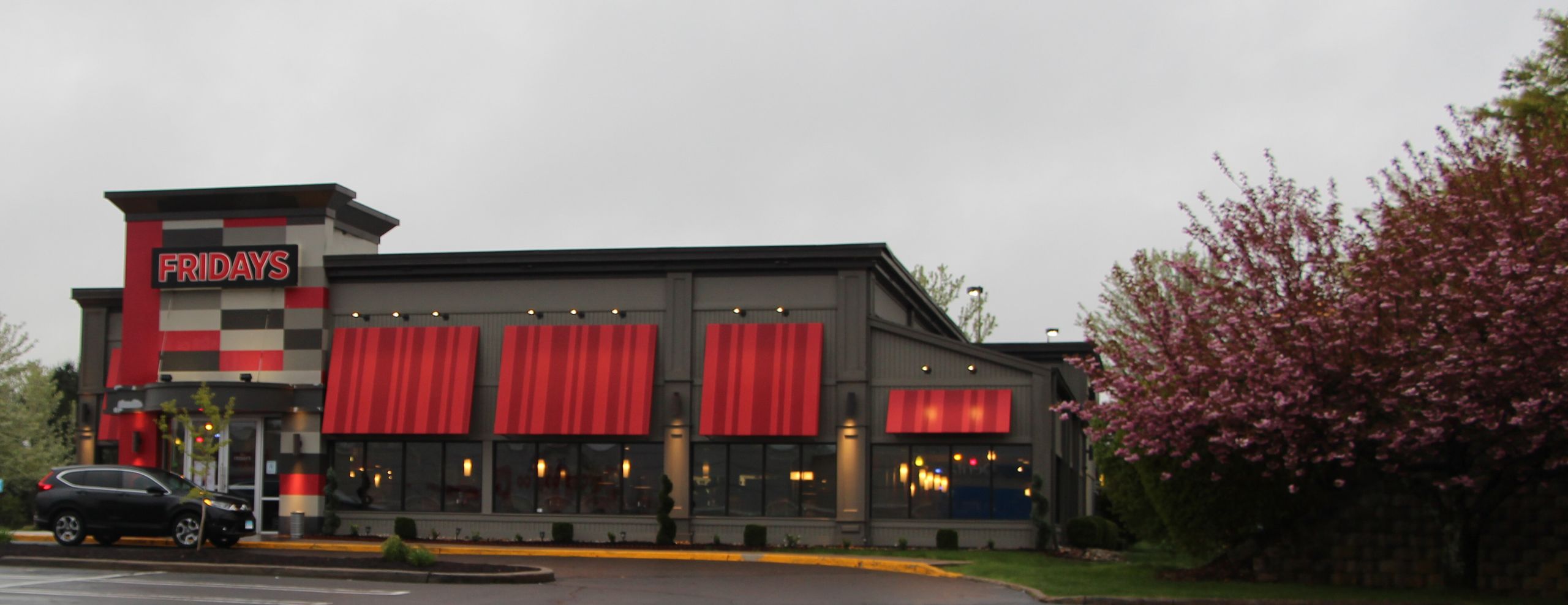
T.G.I Friday 2019
T.G.I Friday 2019
Sears, Roebuck and Co., planted itself in the middle of an apple orchard at 2301 Dixwell Avenue in August of 1954. Equipped with a then-futuristic escalator, the department store’s opening marked the beginning of a national chain evolution. In 1955 the Hamden Plaza broke ground and just four years after the Hamden Mart was opened. These three hallmarks of commercialization became known as the “Magic Mile.”
The Sears store was a huge hit, but even it did not last forever. Forty years later, in 1994, the store was torn down. A TGI Friday’s, built in 1996 sits in its place today. This pattern, too, repeated itself.
Businesses boomed substantially during the mid 20th century, but many did not make it into the 21st century.
Growing up in the 1970s, Brian Dolan, 49, witnessed national chain retailers such as Home Depot close down local mom and pop shops like the Rickel Home Center. But, of all the changes occurring at the time, Dolan thinks the growth of Quinnipiac College is among one of the most significant.
“Quinnipiac has kind of taken over the north end of town. I know a lot of people complain about it, but I think it’s a good thing. My first year here [Quinnipiac College] was Lahey’s first year here. I just think he was a man of vision and he created a campus with more of a college feel. When I came here, it looked like an oversized high school,” Dolan said.
Brian Dolan, Hamden native and town fire marshal
Brian Dolan, Hamden native and town fire marshal
Sprawling as it is now, Quinnipiac rose from humble origins and in many ways its growth parallels that of Hamden itself. In 1929, Samuel and Irmagarde Tator took enrolled 11 students and 100 dollars to establish the Connecticut College of Commerce in New Haven.
However, the Great Depression took as much of a toll on enrollment at the college as it did on employment in Hamden. The Tators introduced a program that allowed unemployed citizens to take night classes and the number of students jumped. The student population increased so much that the Tators had to acquire a bigger site. This move brought the school to Hamden. Tator renamed it the Junior College of Commerce.
But, World War II caused the college to stagnate again. Irmagarde Tator took the university into her hands and kept it afloat by enrolling women until the men returned home. After the war, veterans and students were intent on continuing their education. By 1950 the JCC transformed into a four-year college, and yet again acquired more land. The Tators marked this transition by renaming it Quinnipiac College and retiring.
Fast forward 90 years, and the college has blossomed from modest beginnings-- much like Hamden itself over the years. After one more name change, the Tator brainchild is today’s Quinnipiac University, an educational haven for over 10,000 students with approximately 110 academic programs and three campuses.

Quinnipiac College in 1960, courtesy of Dave Johnson
Quinnipiac College in 1960, courtesy of Dave Johnson
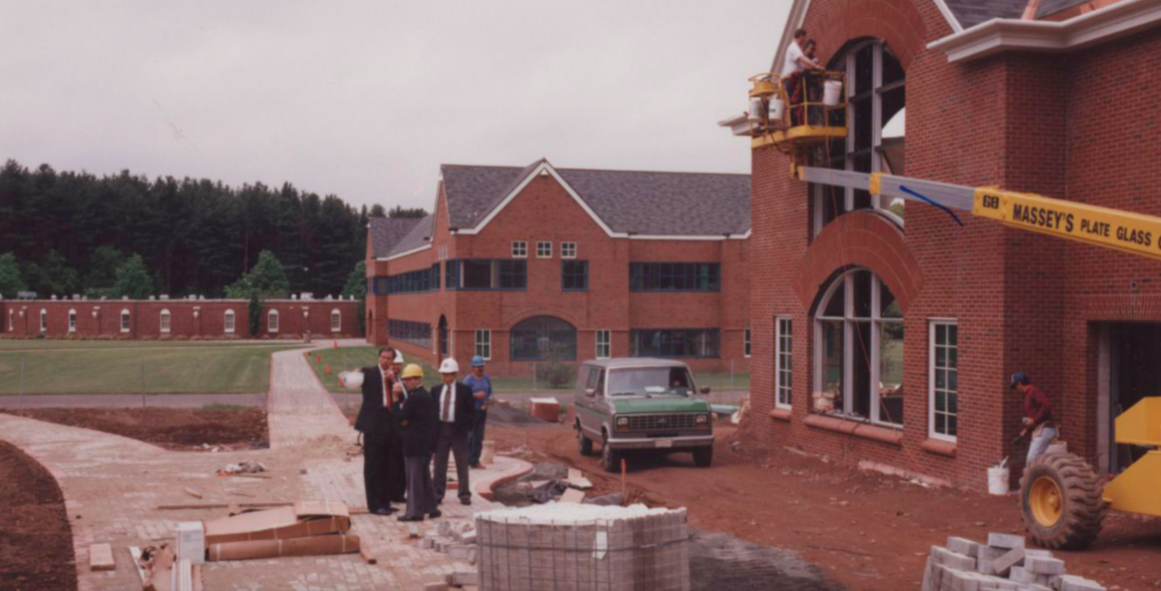
Quinnipiac College construction in 1995, courtesy of Dave Johnson
Quinnipiac College construction in 1995, courtesy of Dave Johnson
Quinnipiac University is a symbolic point of evolution, much like the town it is situated in. Today, Hamden’s population is bulging with over 61,000 residents and counting.
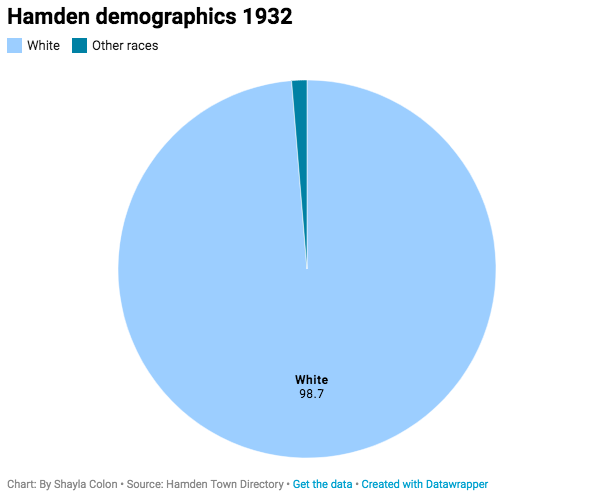
During every decade its population increased and its demographics shifted. Back in 1932, 18,853 of the 19,103 town occupants were white, specifically immigrants of Italian, Irish, French, German and English heritages.
Today, the town demographics have taken a turn toward greater diversity. Of that citizenry, 22.9 percent is black or African American, 11 percent are Hispanic and 5.3 percent are of Asian descent.

Hamden’s landscape has filled in from one decade to the next to accommodate the changing tides of people coming and going, but remnants of what was still linger, like the halls of Hamden High that Johnson fondly reminisces about.
“Any kid who went to Mount Carmel school, that was part of their lives and it’s gone. But that happens in every community," said Johnson. "It’s an evolution that takes place, it’s inevitable. It’s just great to be able to look at old photographs and say ‘you know I remember that.’”